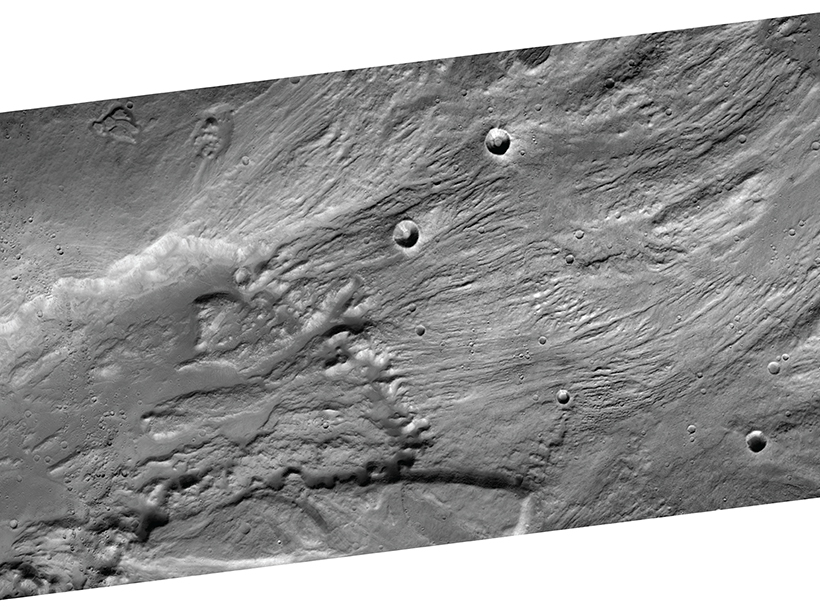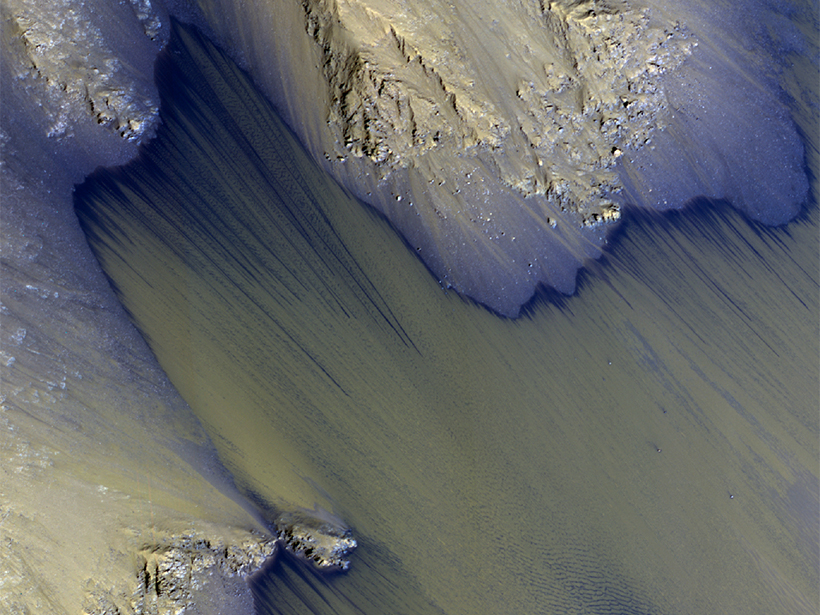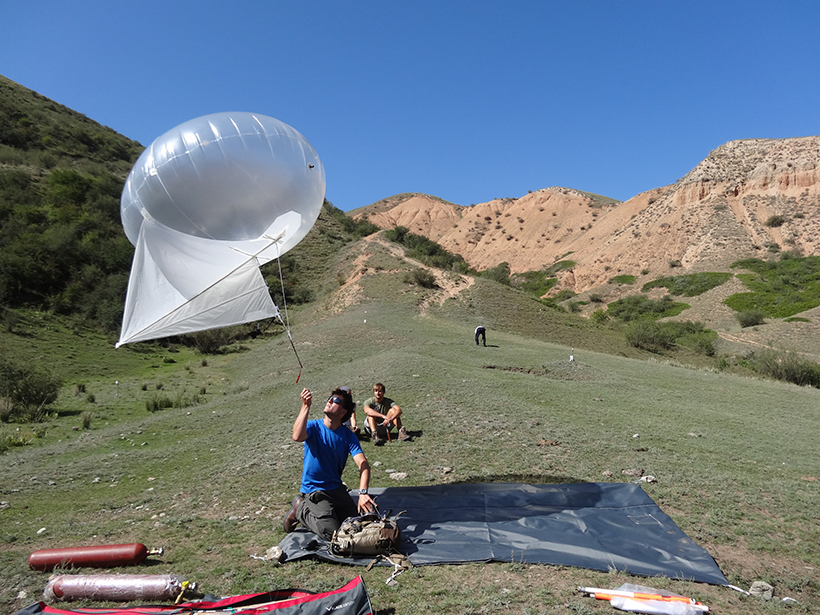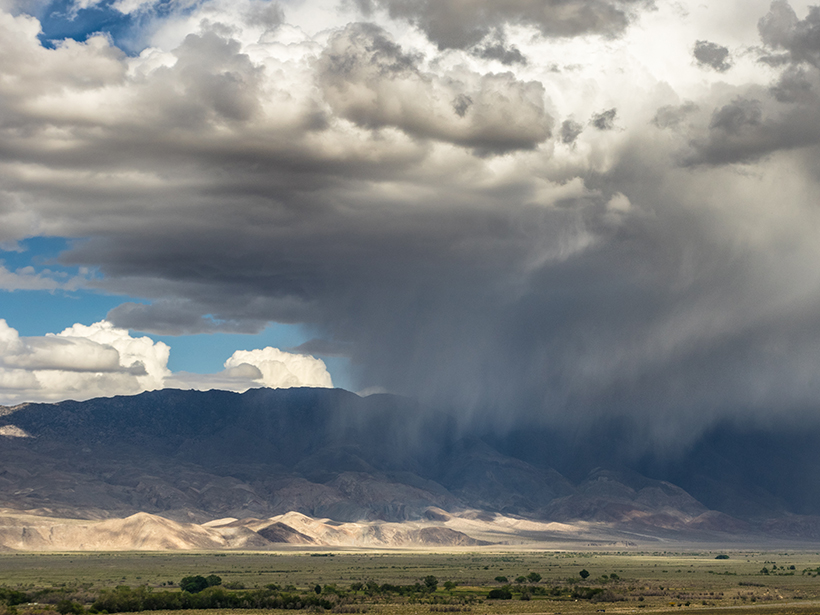Cables and circuitry inside your gadgets' screens act as accidental antennae that broadcast screens' contents. A new study says the industry needs to fix this security risk before hackers exploit it.
Research Spotlights
Research spotlights are plain-language summaries of recent articles published in AGU’s suite of 24 journals.
Reconstructing Catastrophic Floods on Earth and Mars
A new theoretical model suggests that ancient floods that carved canyons on Earth and Mars may have been much smaller but lasted longer than previously thought.
Volcanic Eruptions Stir an Already Complex Atmosphere
A study of Earth's atmospheric response to major volcanic eruptions seeks to reconcile contradictions between observations and climate models.
A Cluster of Water Seeps on Mars?
The discovery of dense concentrations of recurring flowlike features in two Valles Marineris chasms could aid in the search for life and influence future exploration of the Red Planet.
Revising the Displacement History of New Zealand's Alpine Fault
A reinterpretation of structural and paleomagnetic data suggests that New Zealand's Alpine Fault accommodates a far greater percentage of geologically recent plate motion than previously thought.
Tracking Down Elusive Origins of Kazakhstan's 1889 Chilik Quake
New fieldwork and satellite data suggest that three faults may have caused a large earthquake near Almaty, Kazakhstan, more than a century ago.
What Caused Record Water Level Rise in the Great Lakes?
A new modeling framework offers insight into how specific lakes' water levels respond to short- and long-term climate trends.
Venus's Unexpected, Electrifying Water Loss
New research shows that an electric field surrounding Venus is stripping its atmosphere of water—and the same phenomenon may plague exoplanets scientists hope might be habitable.
The Dance of Surface Waves and Ocean Circulation
One mathematical model best describes the complex interplay between an ocean's surface waves and its underlying circulation.
Monster El Niño Not Enough to Quench California Drought
New research shows that the Sierra Nevada snowpack will likely not recover from the current drought until 2019.










